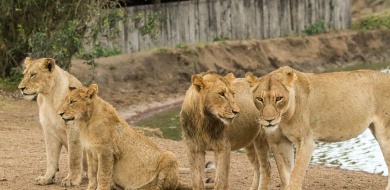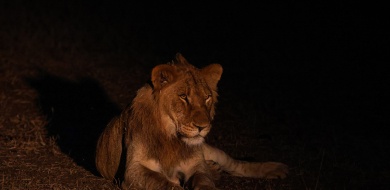A Week in the Bush Vol. 566
on Oct 08, 2025The migratory Wahlberg’s Eagles have finally returned, and their presence is hard to miss. These remarkable raptors journey here to breed, often showing strong nest fidelity by returning to the very same nest season after season.
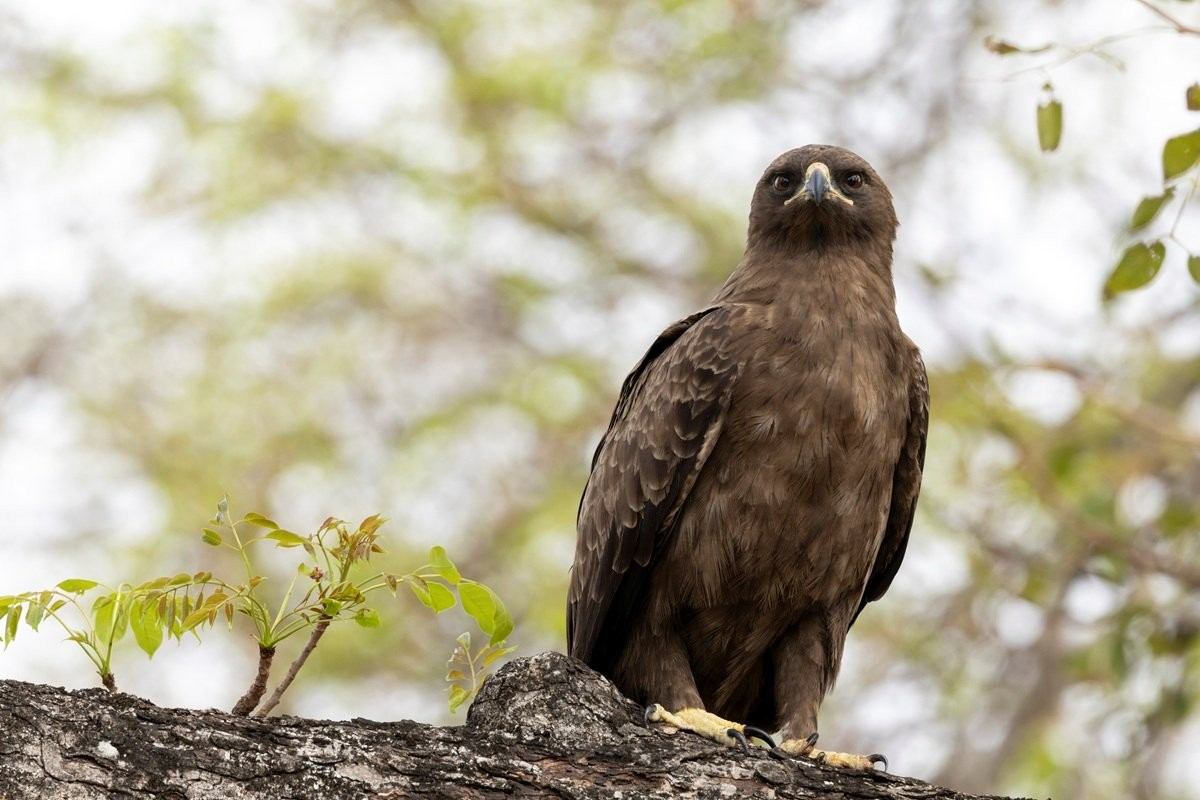
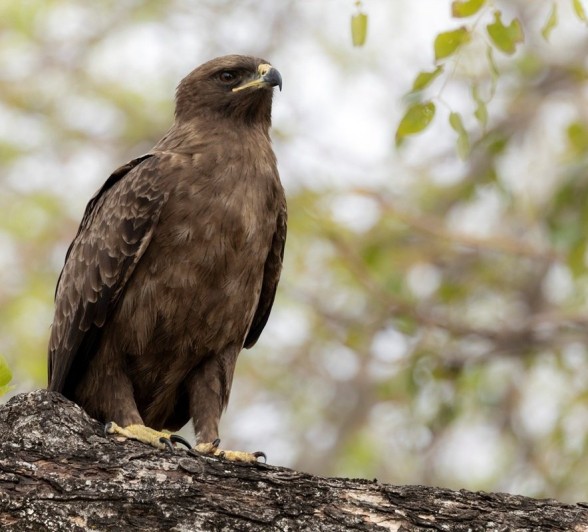
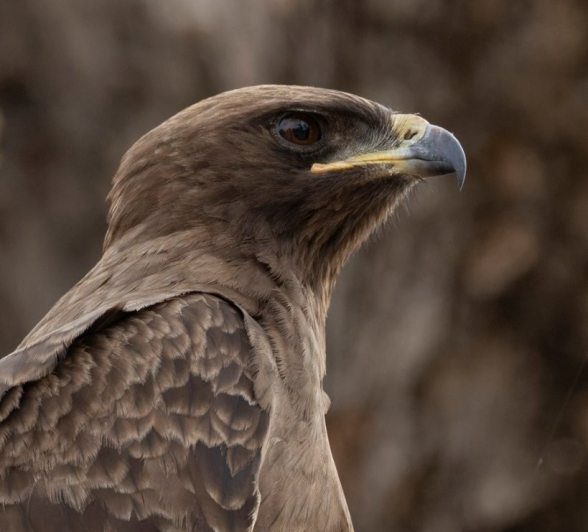
This dominant male Wildebeest stood tall and proud within his territory, scanning the plains for any females that may have wandered in.
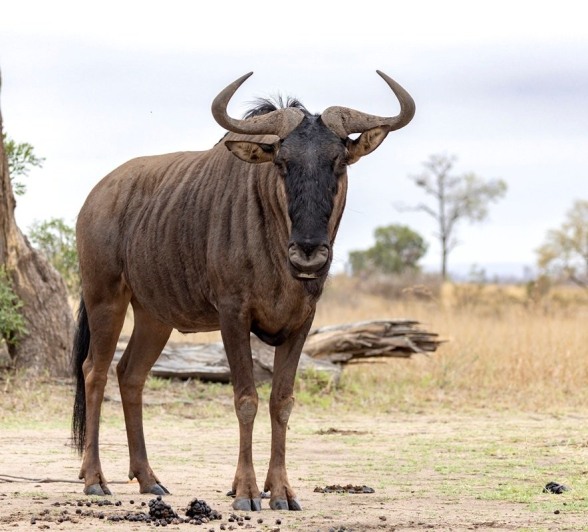
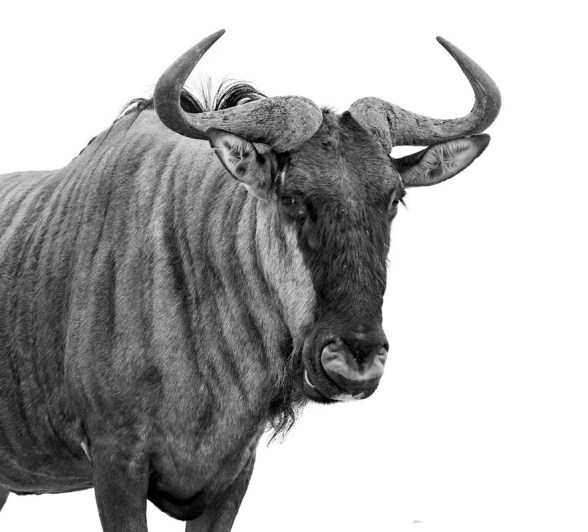
A majestic male waterbuck positioned himself perfectly on a raised embankment, bringing him right to eye level. Bathed in the warm glow of the afternoon light, the scene created an ideal moment for capturing some truly striking photographs.
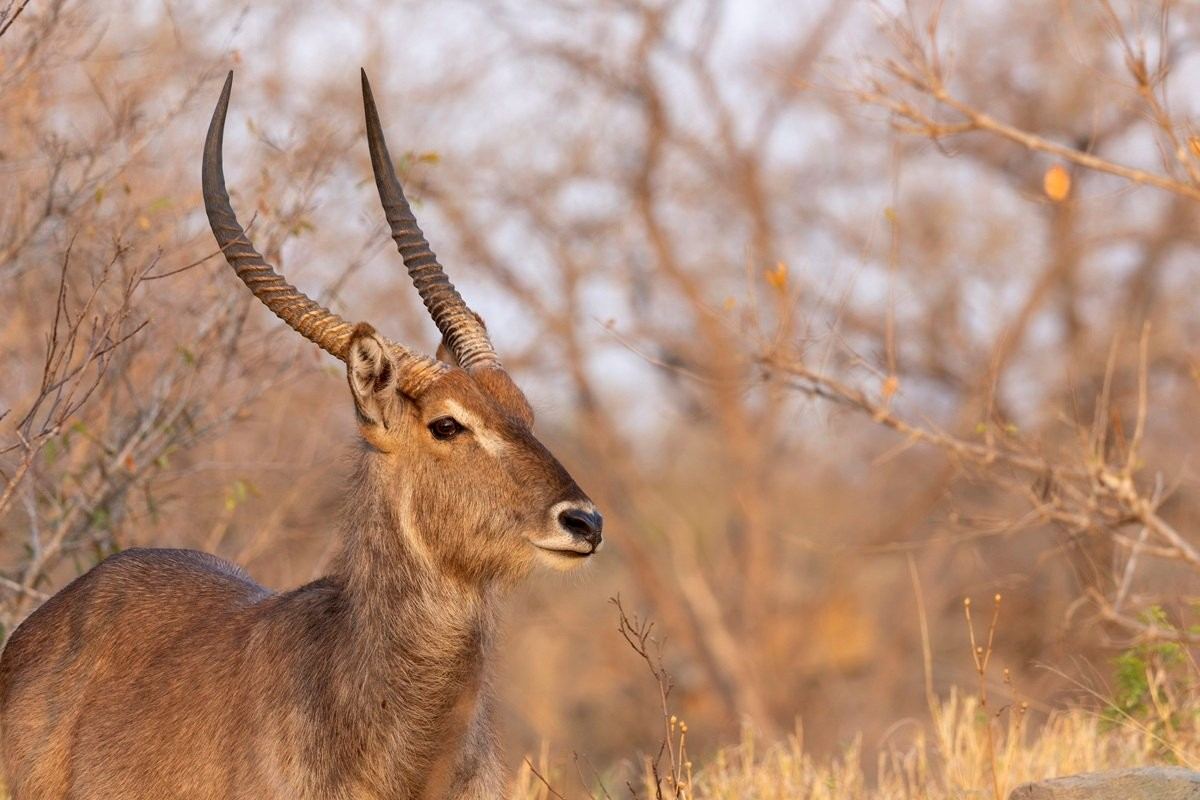
Just as we began making our way down to the Sabie River, we caught sight of a herd of giraffes standing gracefully in an open clearing. Bathed in the golden light of the late afternoon sun, their patterned coats seemed to glow against the backdrop of the bush. Some stood still, their long necks stretched skyward as they surveyed the landscape, while others moved slowly, nibbling at treetops with quiet elegance.
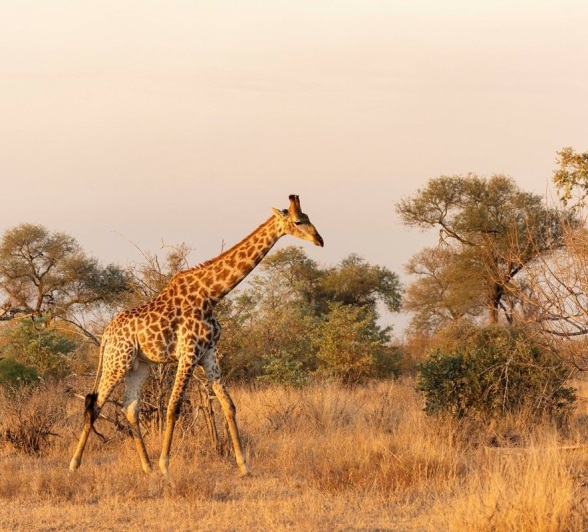
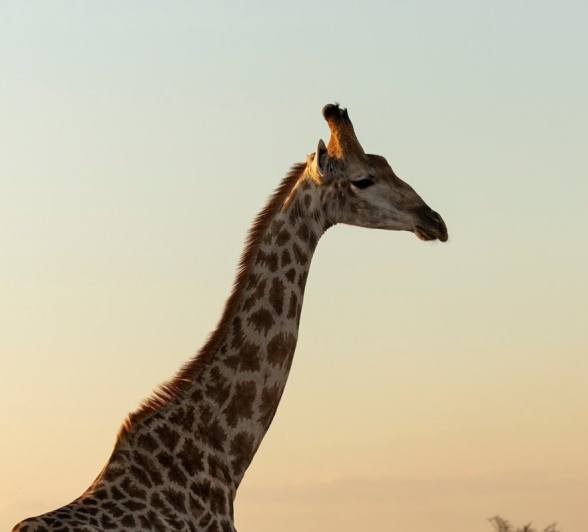
We were lucky enough to see two nocturnal birds posed beautifully on perch in one night. We saw a Fiery-necked Nightjar and Spotted Eagle Owl perched, silhouetted with the night sky behind them.
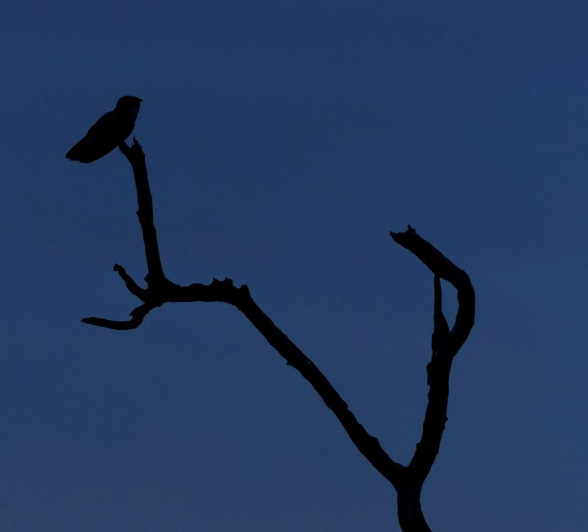
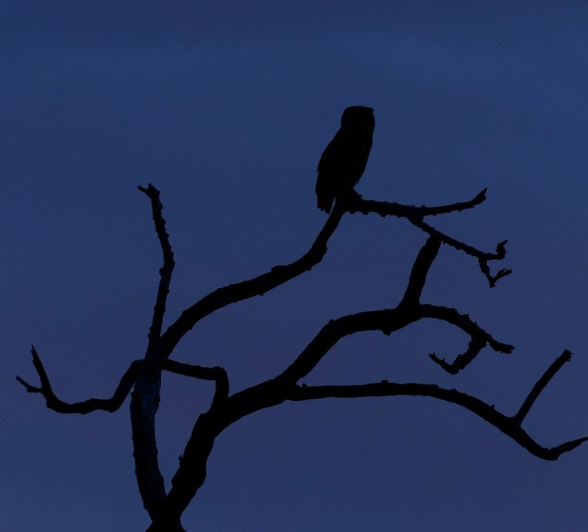
We’ve been fortunate over the past few days to witness a mother cheetah and her three cubs hunting around the reserve. Not every hunt ends in success, but it’s an incredible sight to watch the mother in action, with her young cubs following in her footsteps and eagerly chasing after her. These moments are vital for the cubs, as they are learning the skills of stalking and making a kill - lessons they will soon need when the time comes to hunt on their own, without their mother’s guidance.
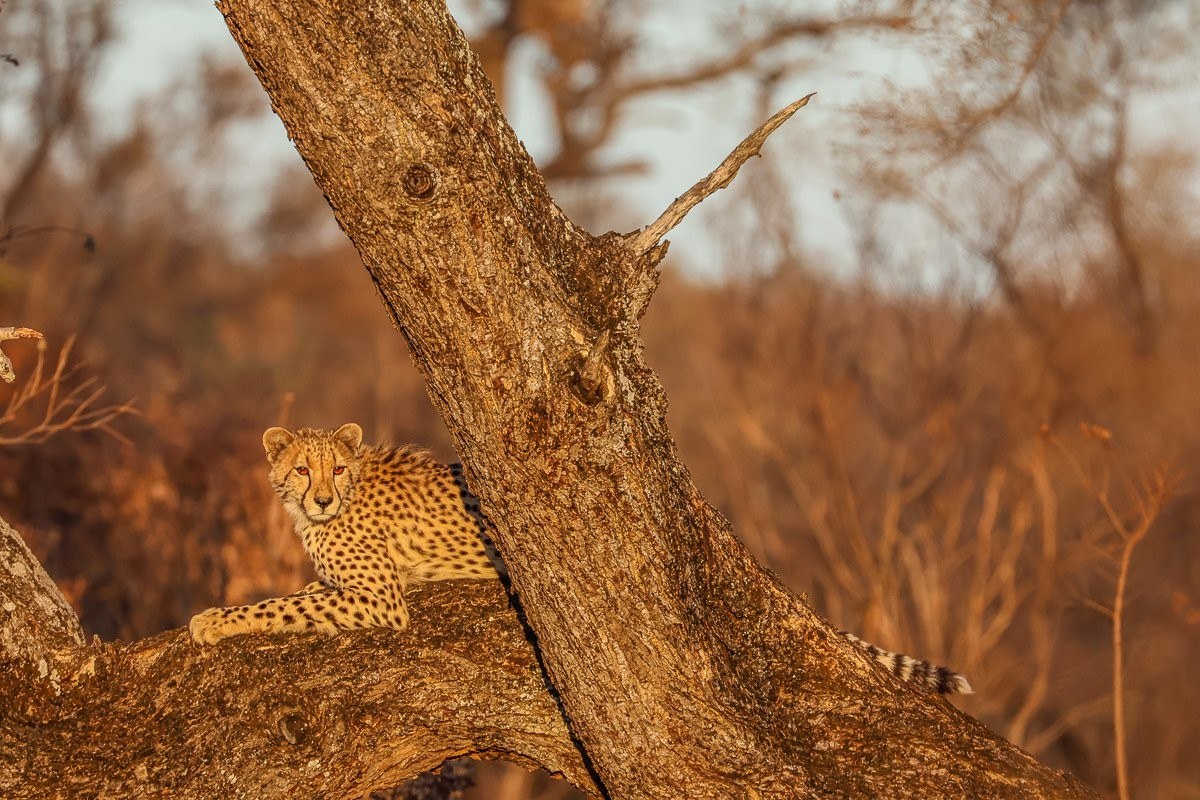
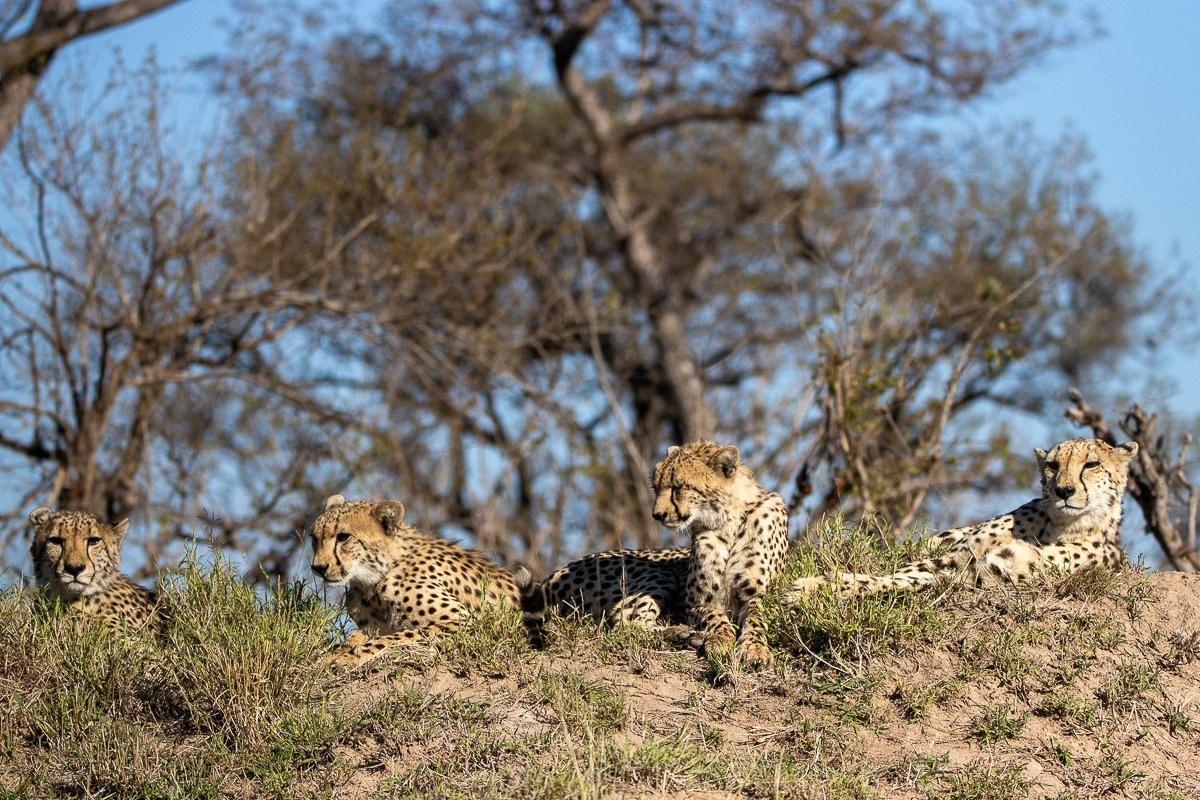
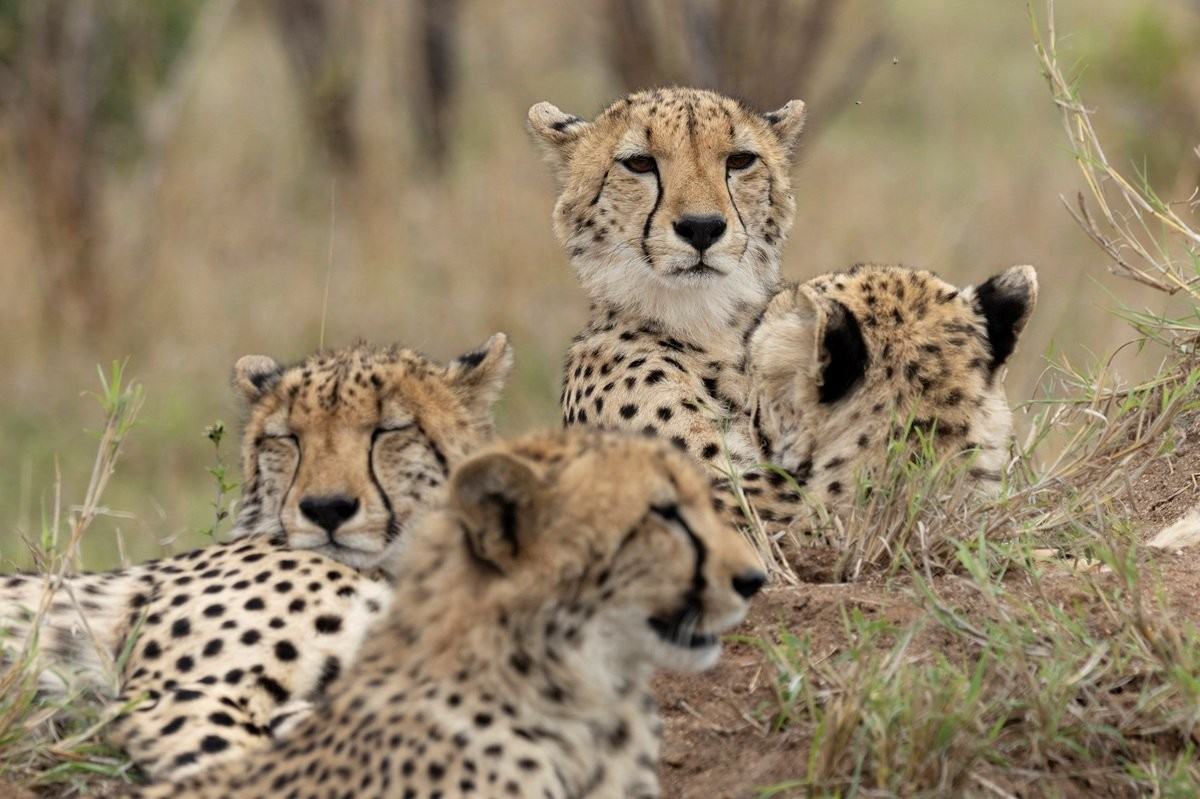
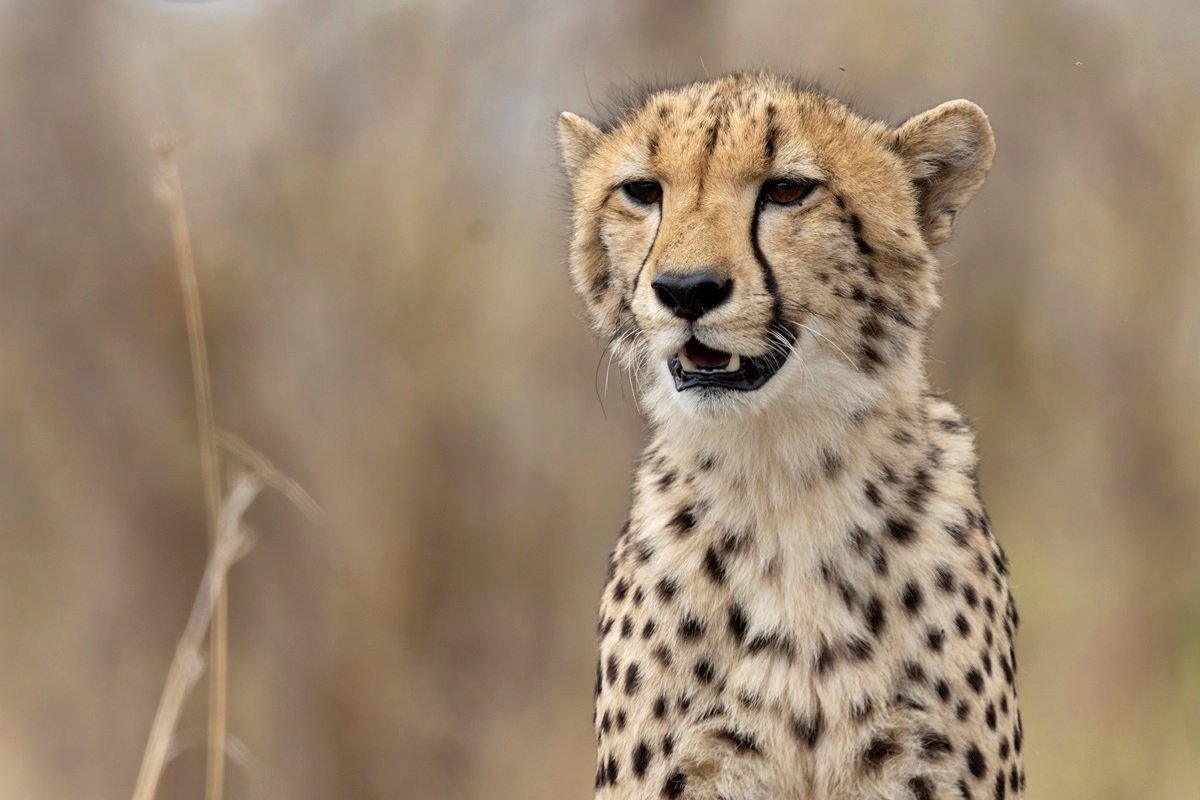
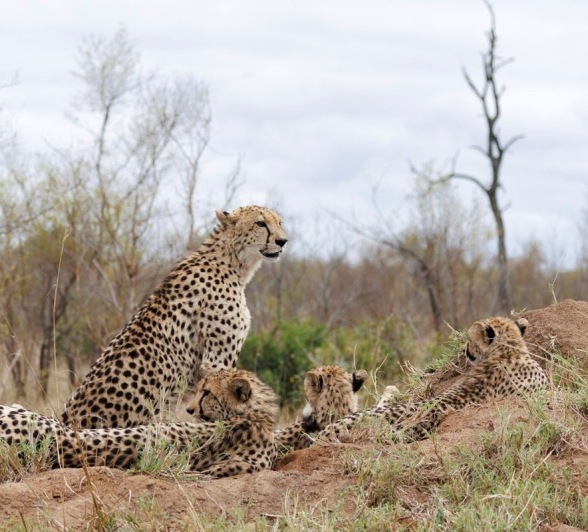
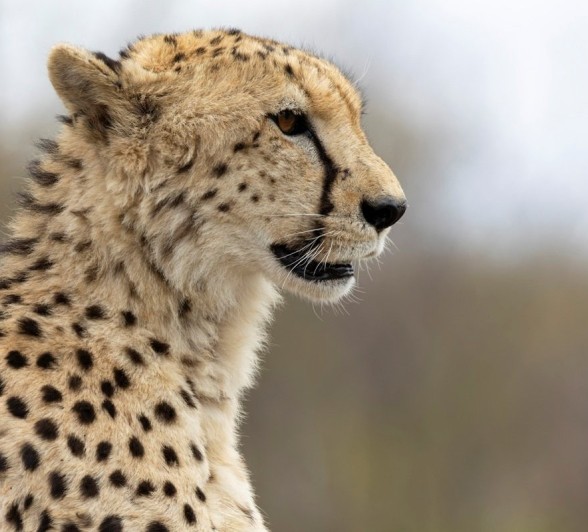
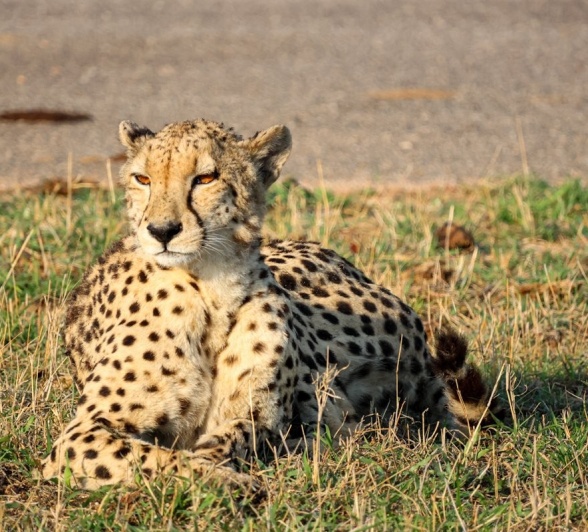
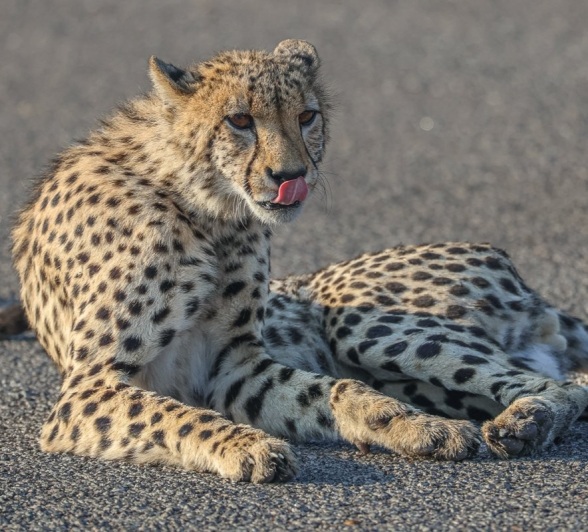
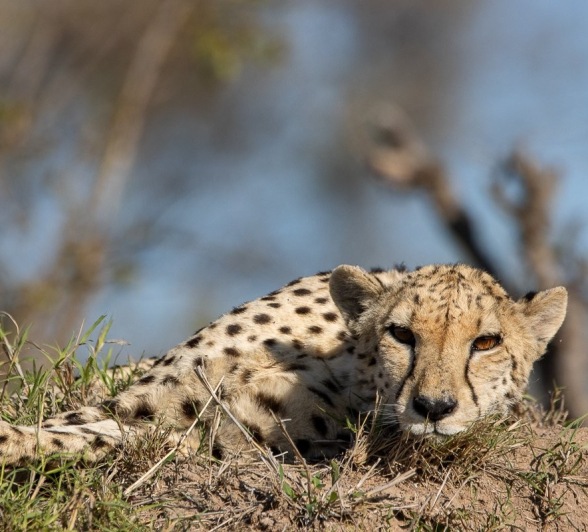
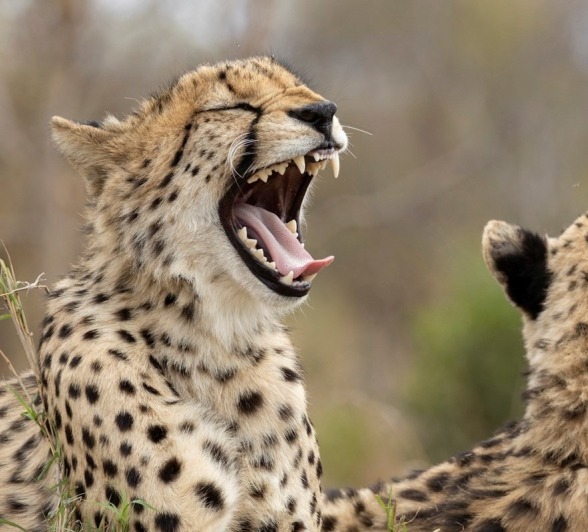
With the dominant male lions of Sabi Sabi expanding their territorial boundaries, other male lions like these 4 young N’waswishaka males have taken the opportunity to enjoy all that we have to offer.
After finishing off a large buffalo that they had killed a couple of days ago, these males got up and were on the move away from all the hyena and vulture activity surrounding their kill. We eventually caught up to them as they found a shady spot in one of the open areas, still scanning their surroundings for the potential threat that the circling vultures might attract.
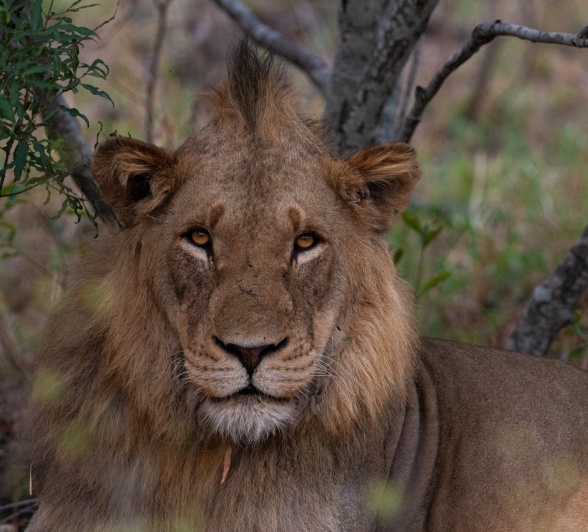
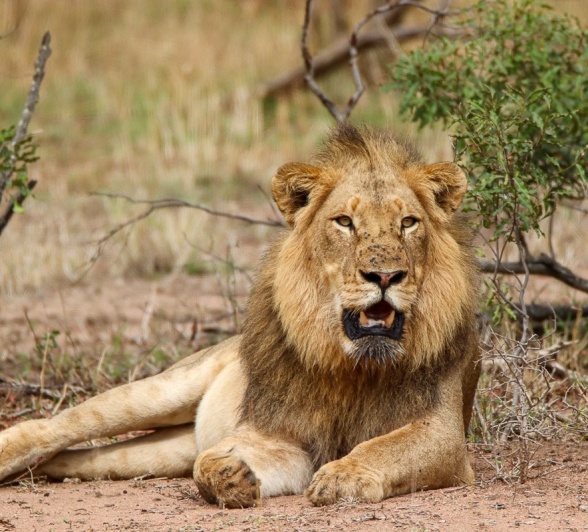
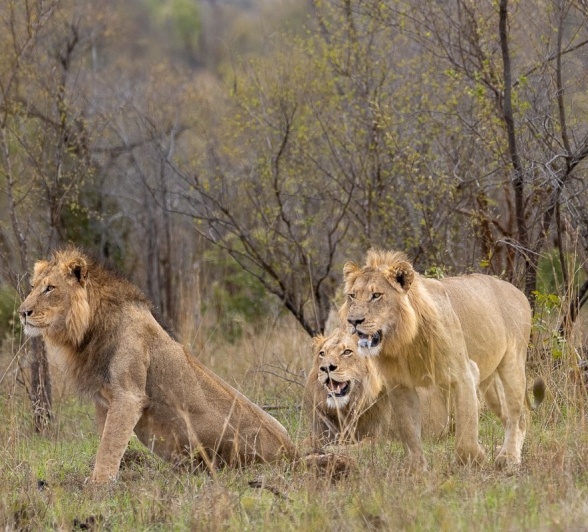
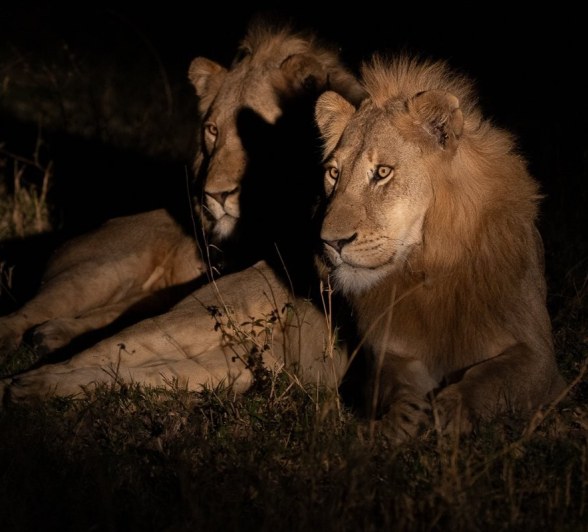
A few days later we found four young males once again but some distance from their kill. With these males currently being in the territory of the Gijima males, they don't want to attract any unnecessary attention to themselves, hence moving away from the kill to rest.
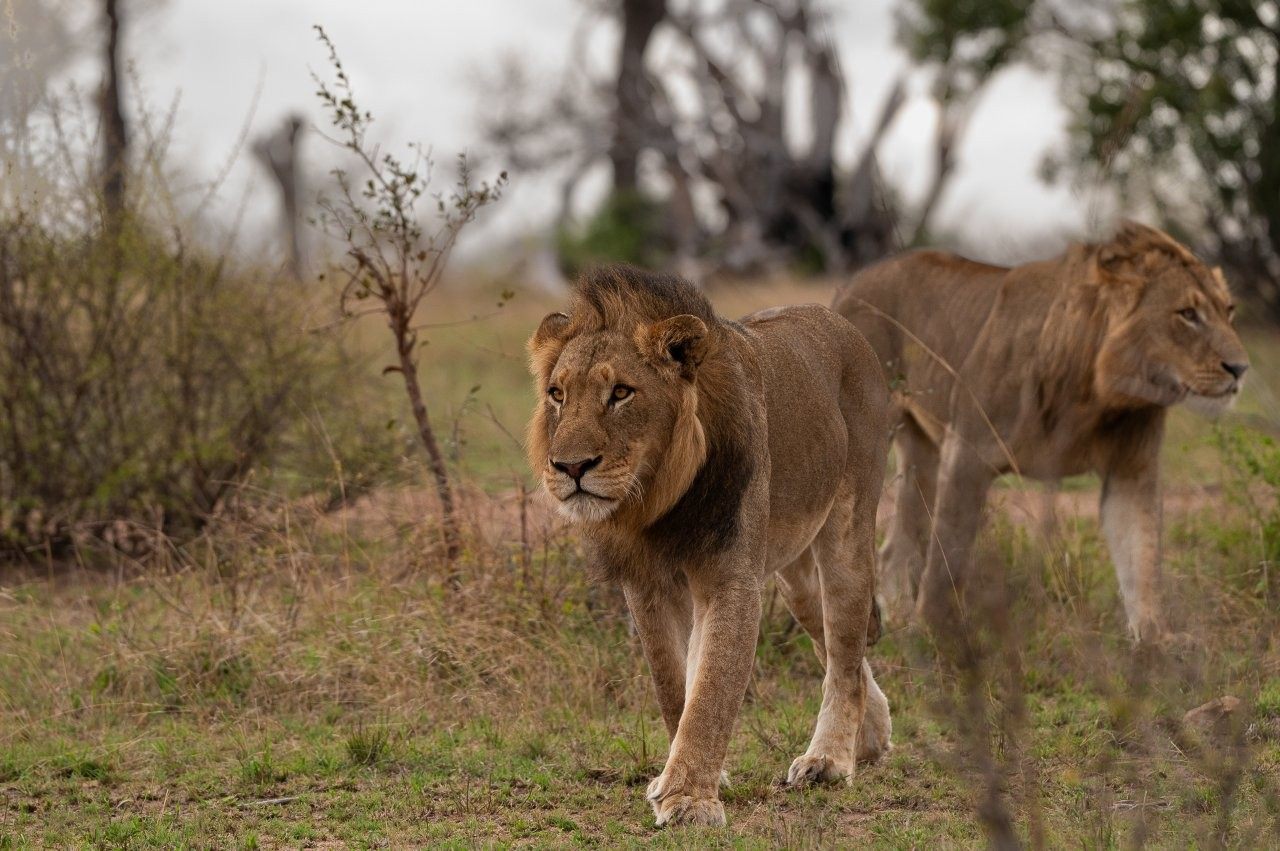
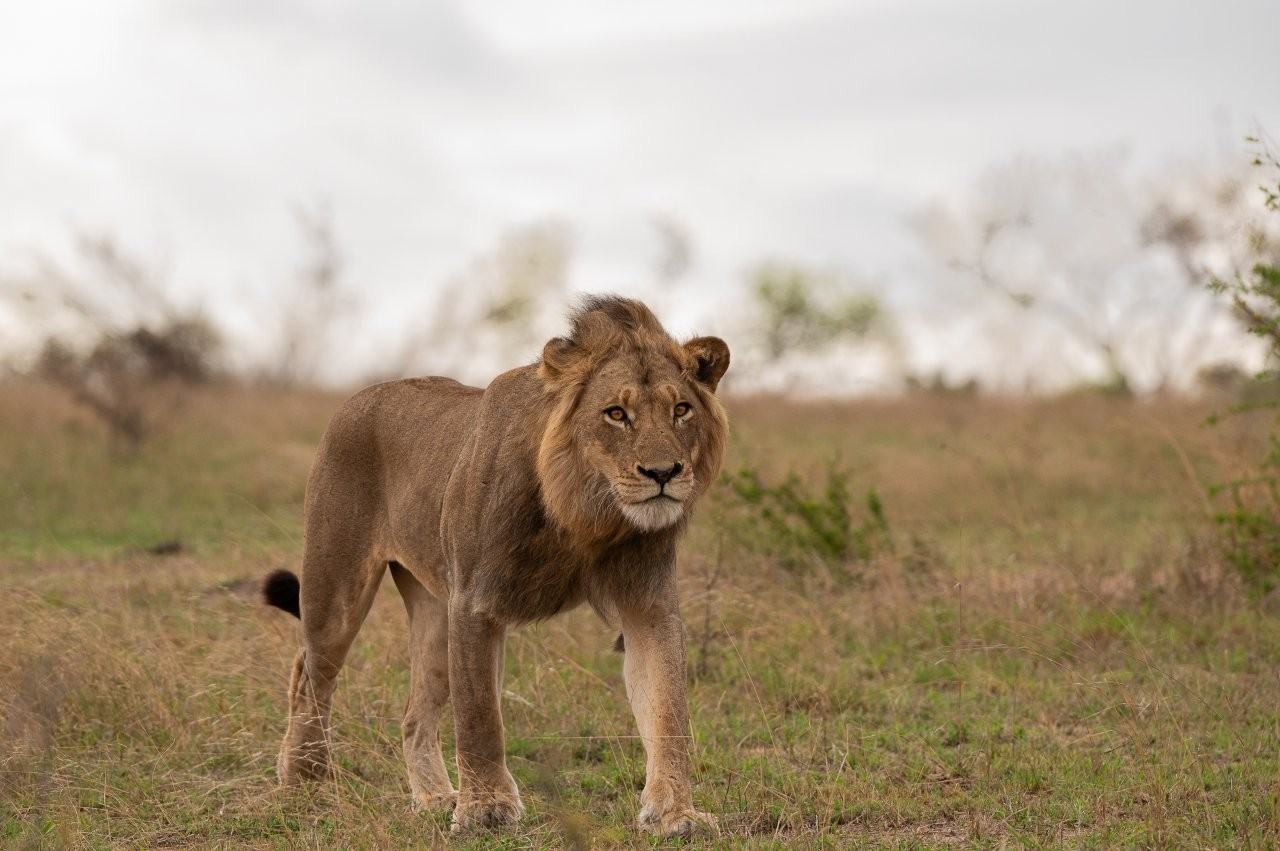
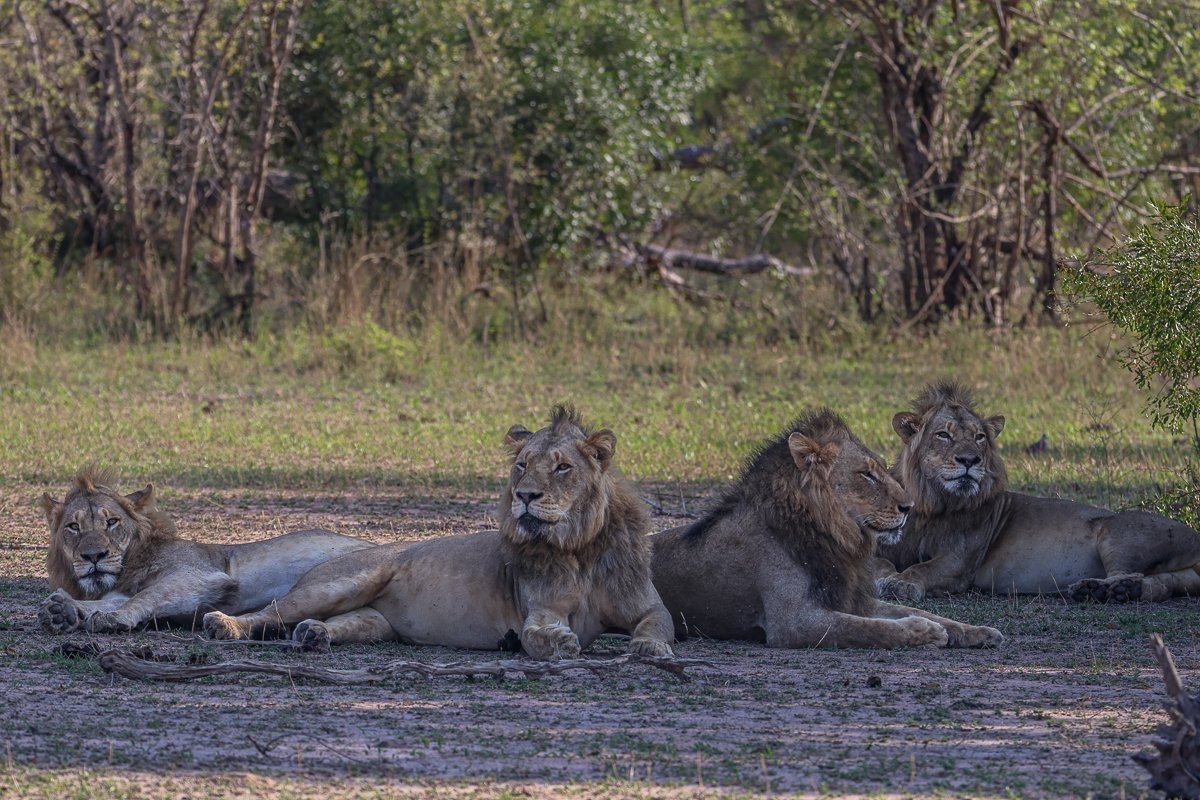
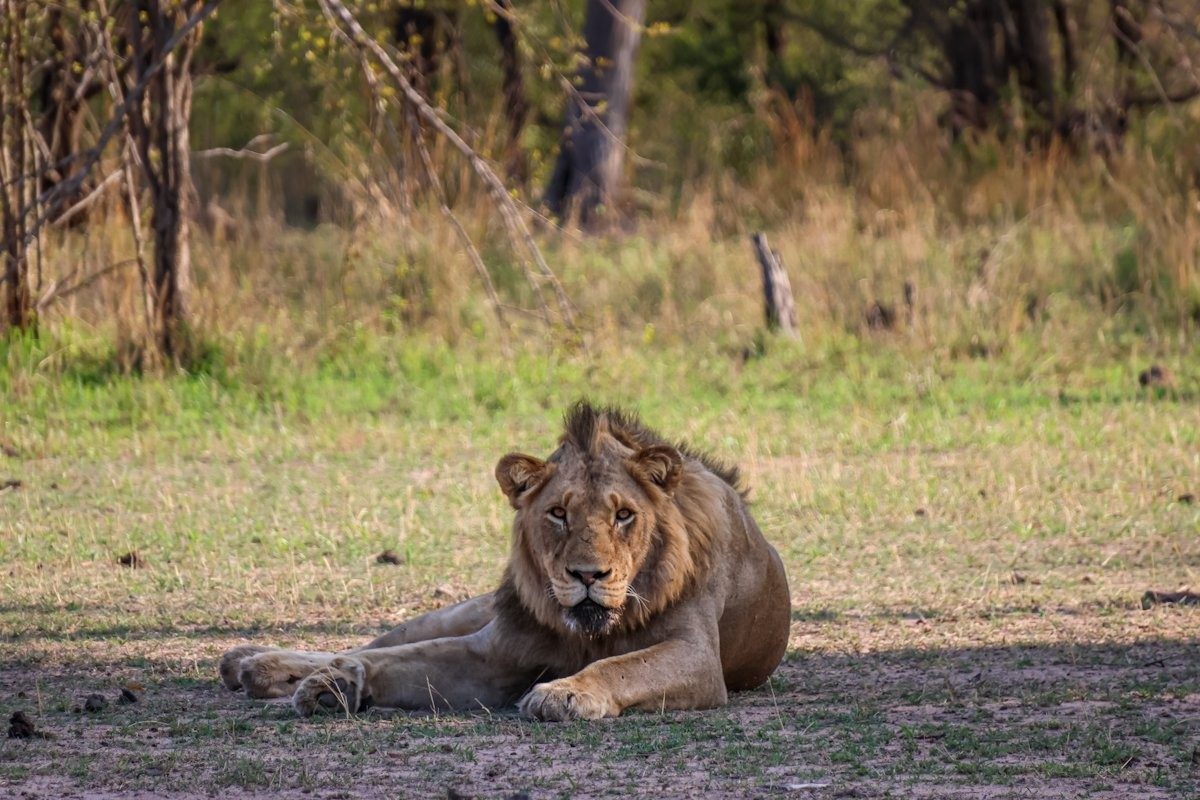
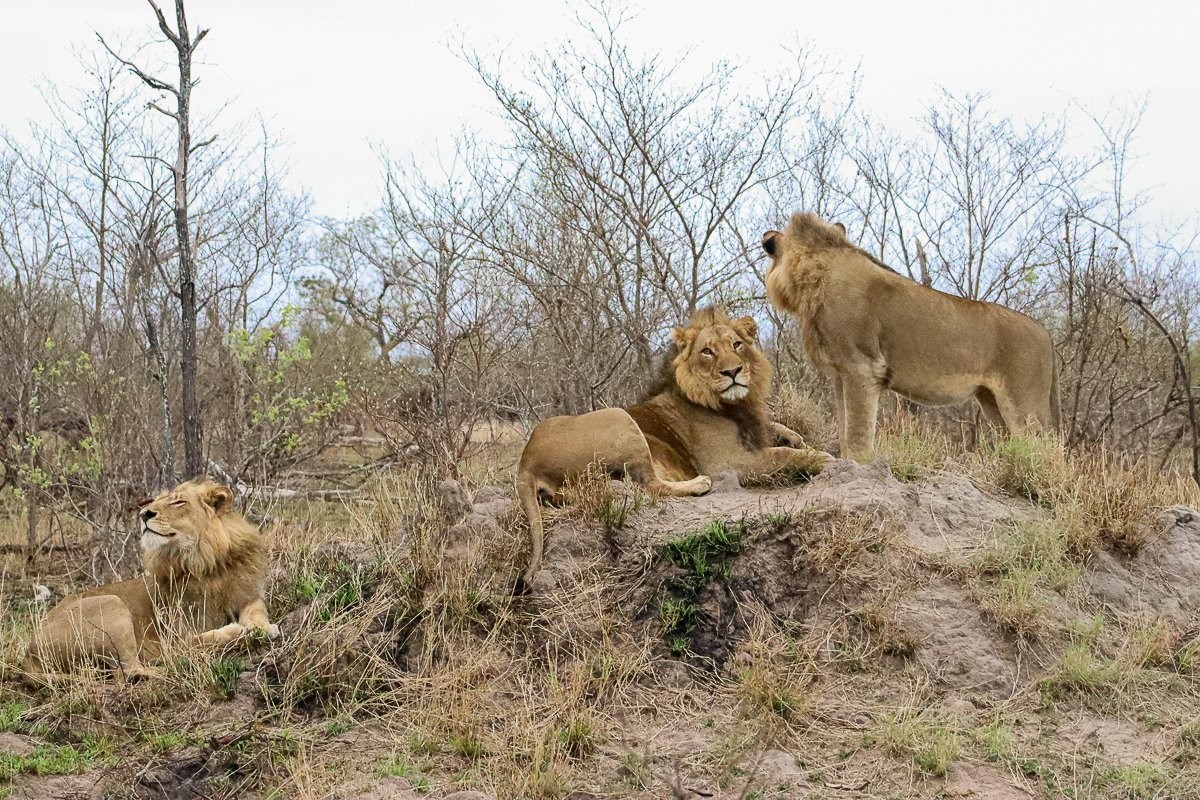
We followed the Nkuhuma and Talamati males who were close to a big herd of buffalo. They were looking for a possible hunting opportunity, but with a quick shift of the wind the buffaloes got scent of them and started moving closer. These two males, still very full from their previous meal realised they are not desperate and moved away from the buffalo.
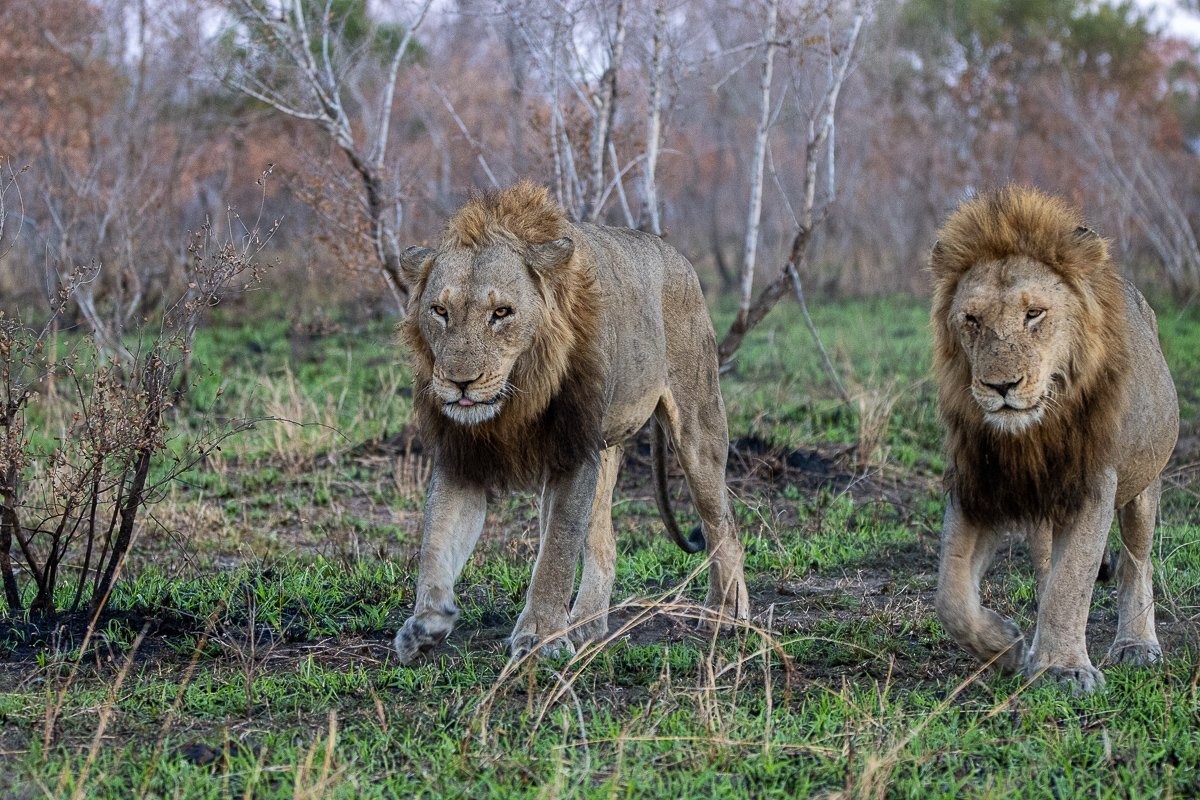
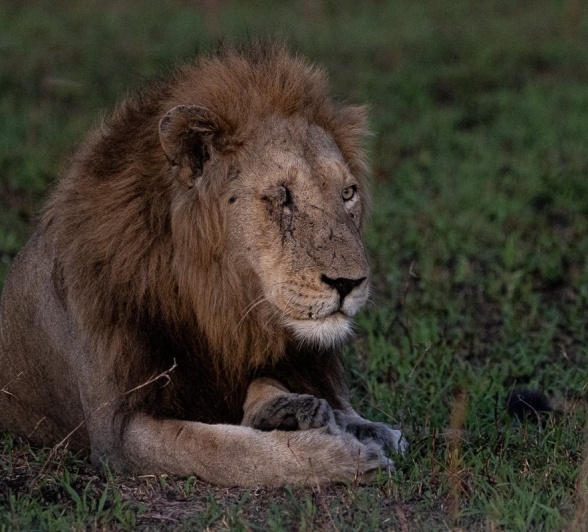
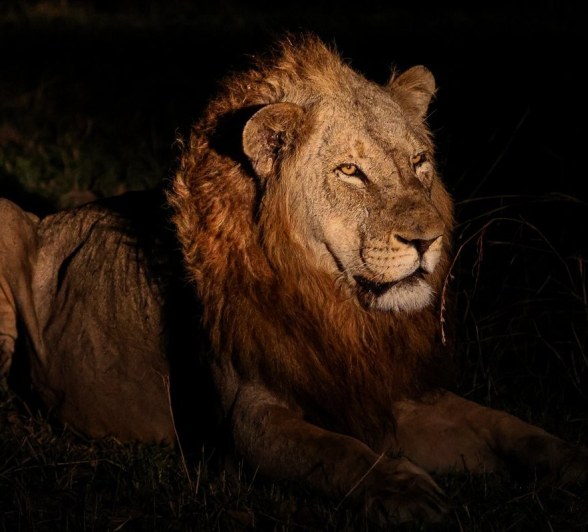
Waking up to the sound of unfamiliar male lions roaring from different directions has become the norm over the past few days. Some males we encountered were not vocalising, only listening, which added to the tension in the air.
One morning, near Selati Camp, we heard a male lion calling repeatedly. We rushed to investigate and found one of the Gijima males alone. He was salivating, with fresh blood on his nose and cheek - clear signs that he had likely been in a recent fight. He didn’t linger, but kept moving, calling out persistently as if trying to locate his brother.
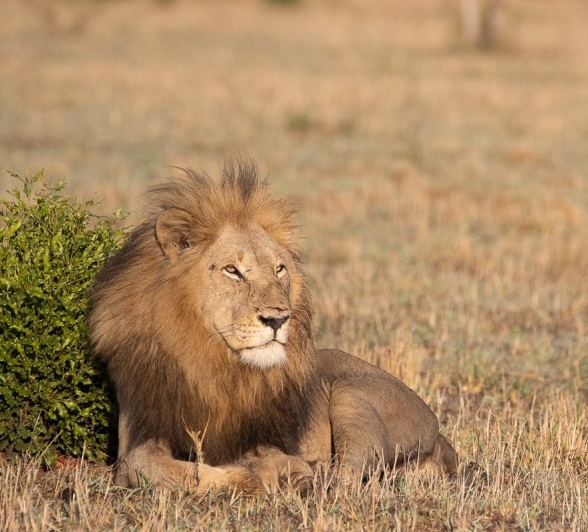
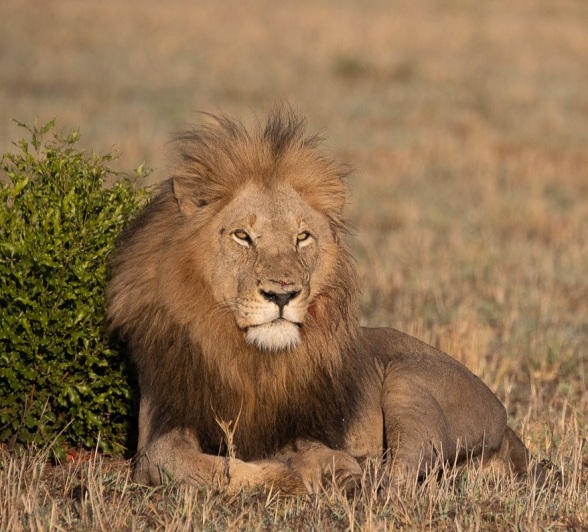
Later in the week, one of the Gijima males was with the Msuthlu Pride late in the evening. He was vocalising occasionally, responding to his brother, whose calls we could hear from a distance. During the brief time we observed him standing and walking, he appeared to have a limp and some difficulty using his back leg which was injured — possibly from a fight or a hunt, although we couldn’t be certain.
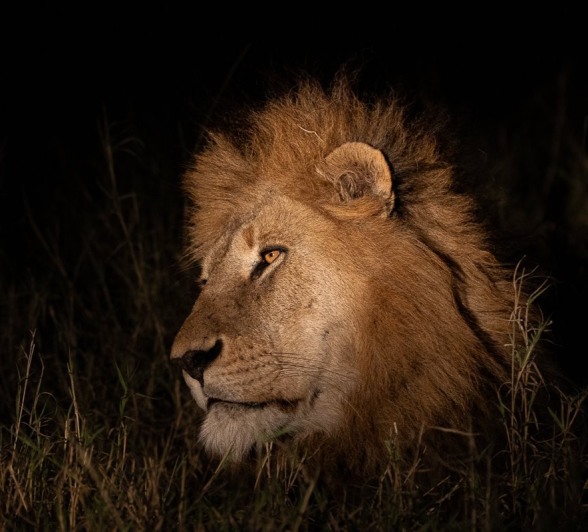
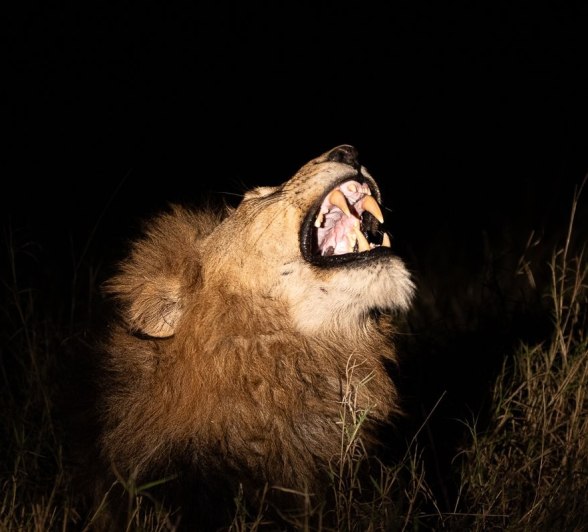
During a morning safari, we found the Msuthlu Pride sprawled all about in an open area in the reserve. Most pride members lay sleeping with stomachs full, while others fed on the scant remains of a waterbuck kill. With the pride standing at fourteen lions strong, even a large waterbuck makes for a relatively quick meal.
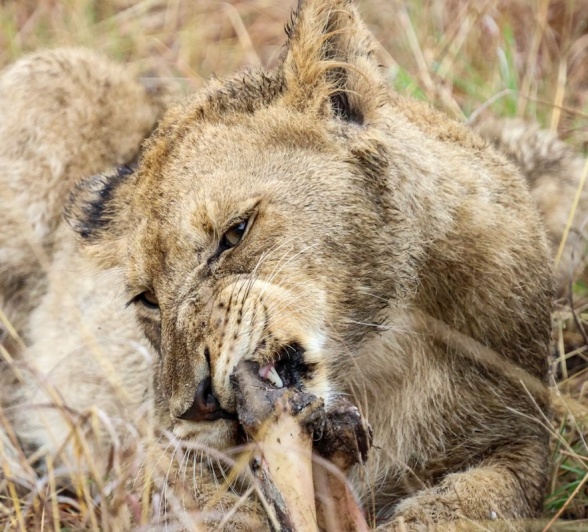
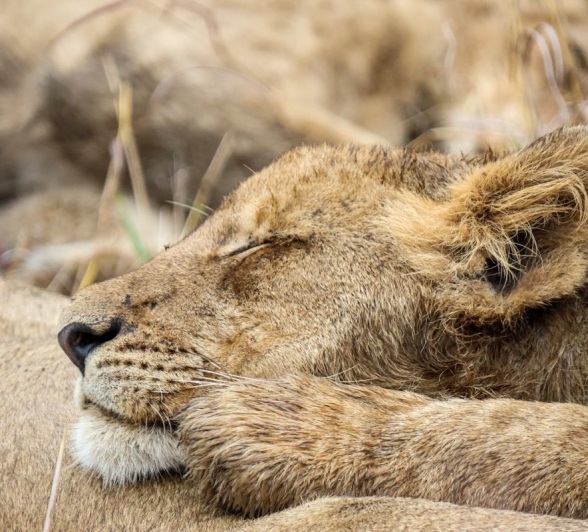
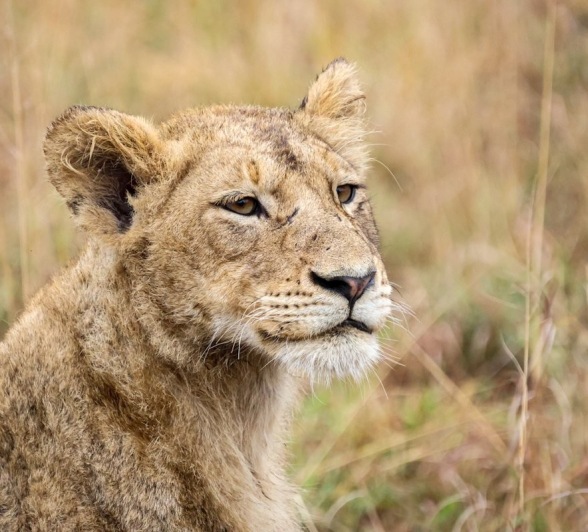
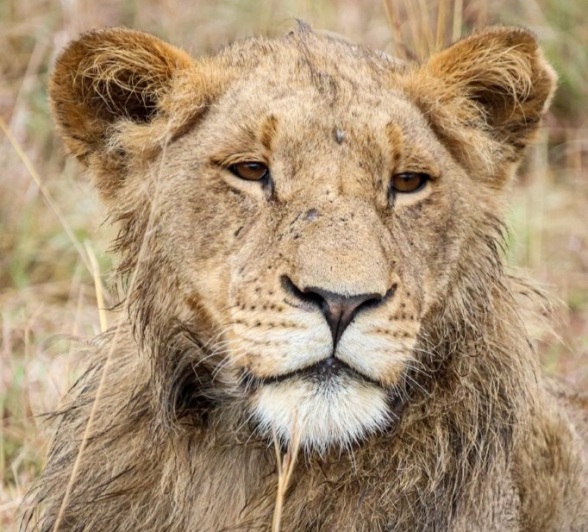
Moving gracefully through the dense thickets, the Khulwana male leopard embodies the stealth and patience of a true predator. Pausing briefly atop a termite mound, he scouts a nearby warthog burrow - an ideal ambush spot - his keen sense alert to any sign of movement. But with no opportunity presenting itself, he melts back into the bush, a shadow among the trees, continuing his silent patrol through is territory.
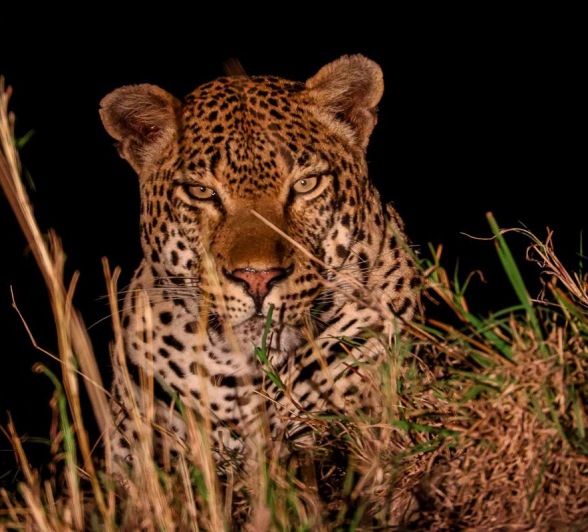
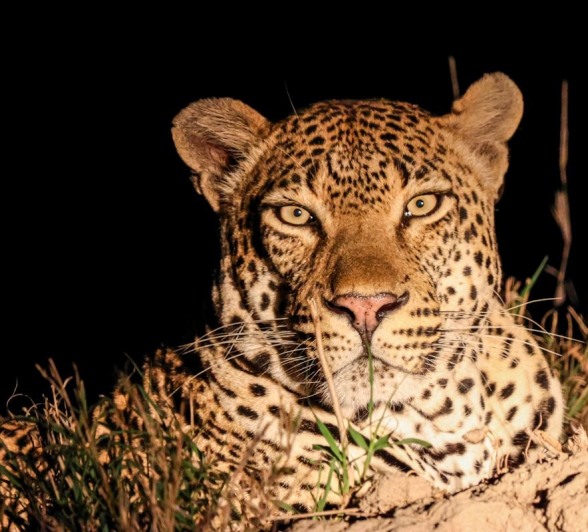
Just as the sun dipped low and cast its most golden light, we noticed movement in the grass. To our delight, it was the Golonyi female leopard’s subadult cub. We watched in awe as he moved elegantly through the sunlit grass and made his way toward a nearby pan. He paused to pose beautifully on the dam wall, although his presence clearly displeased a pair of Wattled lapwings, who dive-bombed him relentlessly in protest.
Then, out of nowhere, he dropped low to the ground - a small herd of buffalo was approaching the pan. Curious and bold, the young leopard crept closer, stalking the unsuspecting buffalo with the intent focus of a true predator. Eventually, his cover was blown, and the buffalo chased him off, but he didn’t go far. Instead, he lingered nearby, watching quietly as they drank.
It was an utterly unreal sighting - a perfect mix of tension, beauty, and wilderness magic that left us completely spellbound.
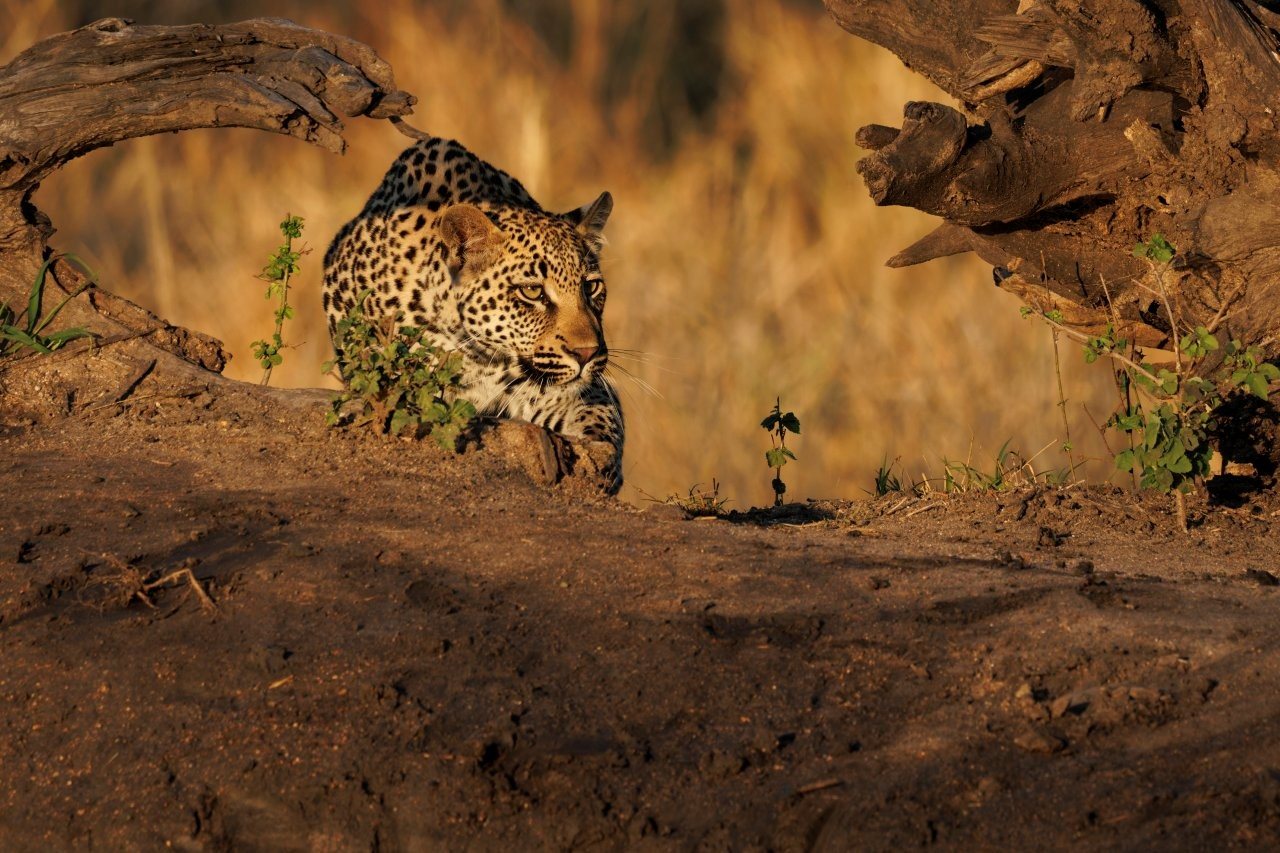
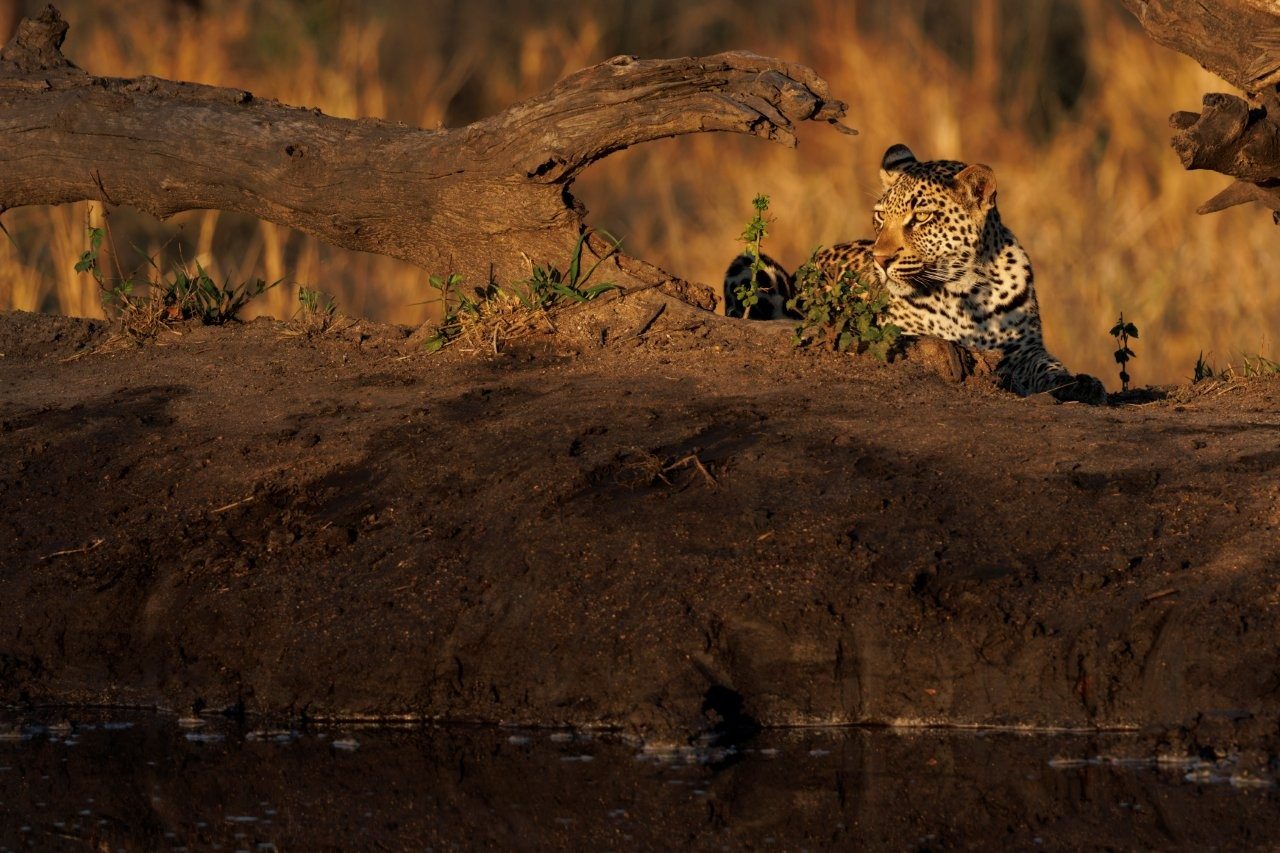
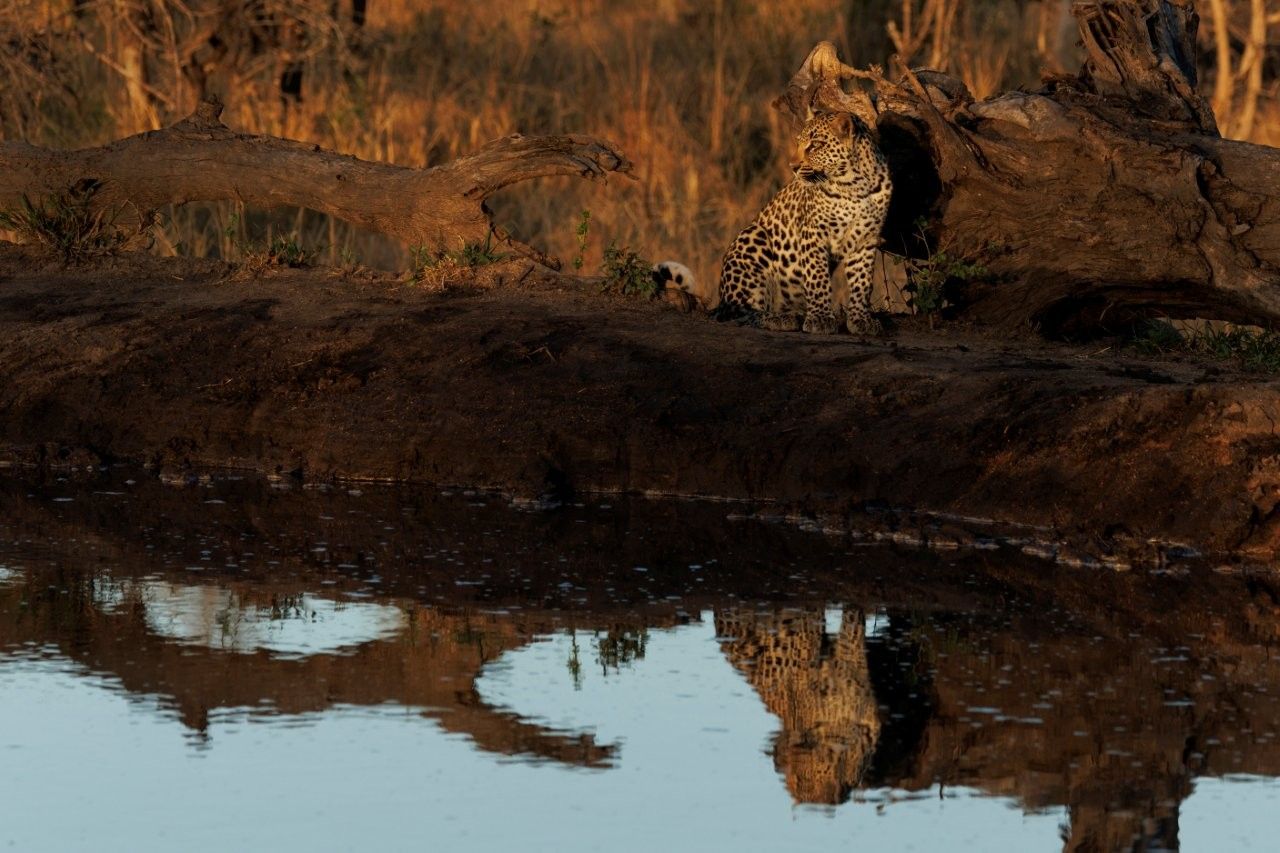
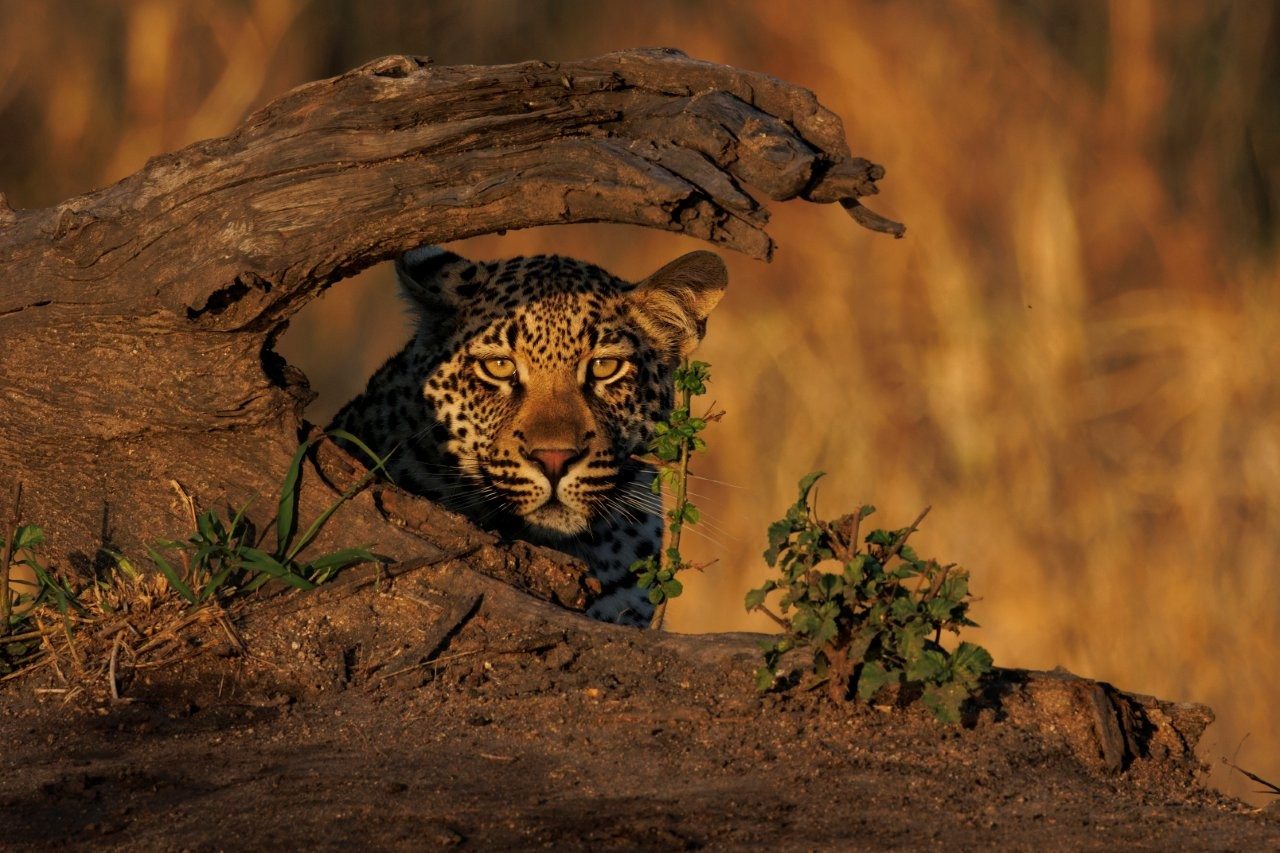
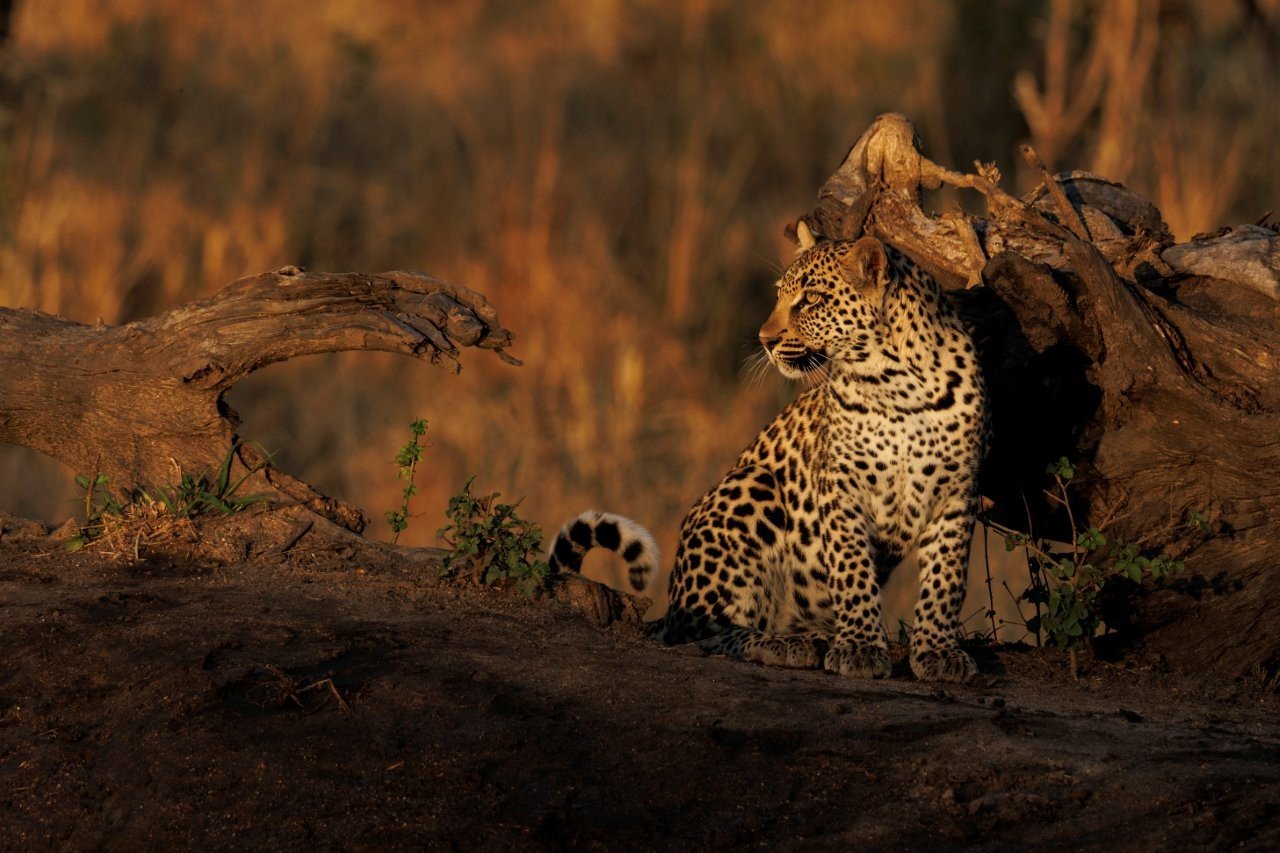
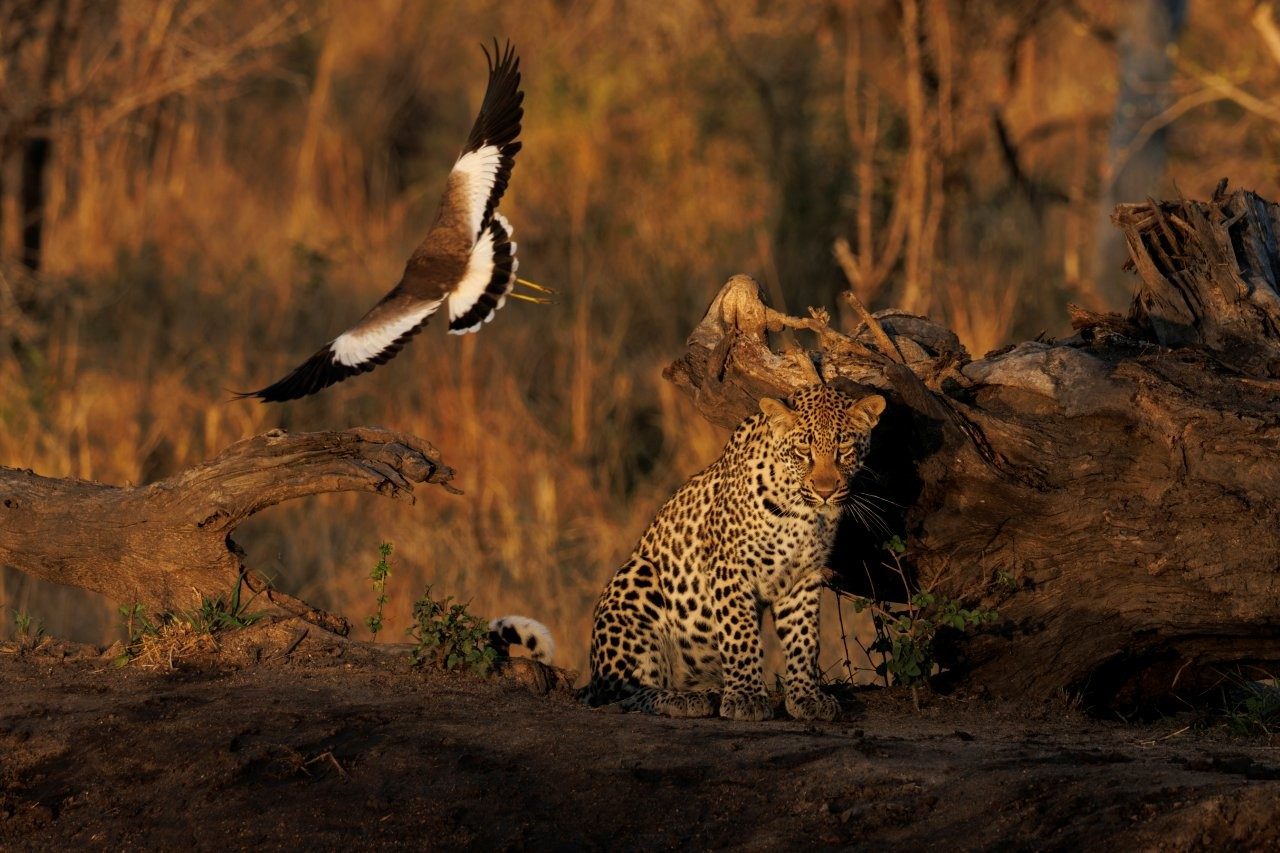
This young male leopard was seen eagerly stalking Egyptian Geese, focusing on what his next move will be, but the movements of a fleeing buffalo bull running out of the waterhole, startled the geese and they took off. Disappointed in his failed stalking, he approached a rocky outcrop near the waterhole where he spent the next hour grooming himself before disappearing into the night.
Being around 1 year old, Golonyi’s cub is at an age where he will become more curious about movements, learning through failure until having the confidence to successfully hunt, so that he can become independent and move out of his mother’s territory.
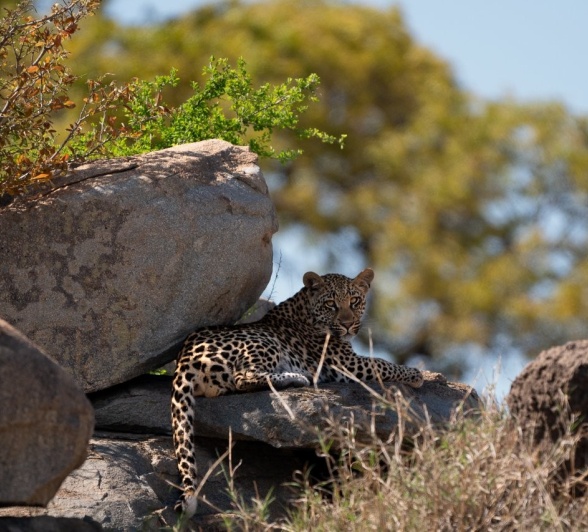
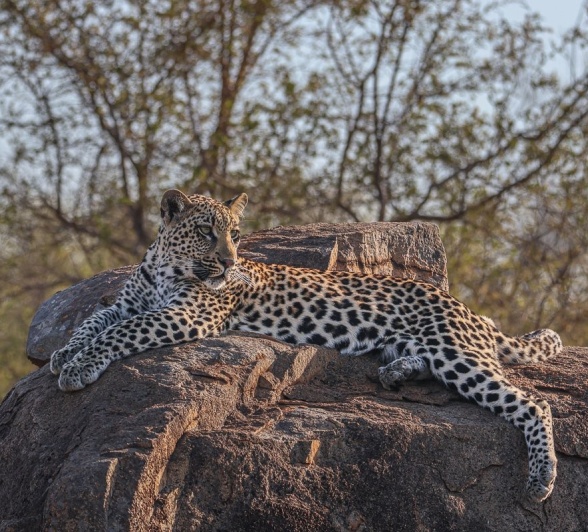
Until next time…
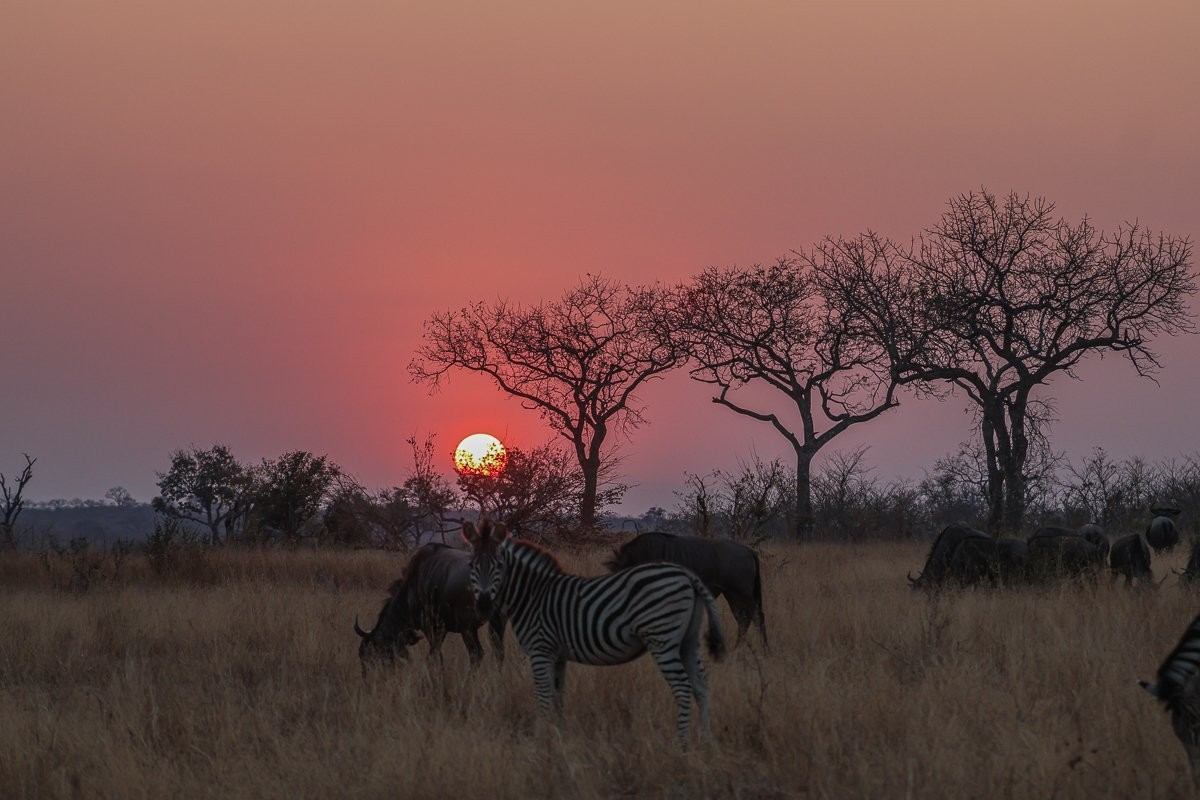
Blog by Wendy Claase
Images by Benjamin Loon, Jan Nel, Jana du Plessis, Ronald Mutero, Ruan Mey and Viviane Ladner
Video by Benjamin Loon

